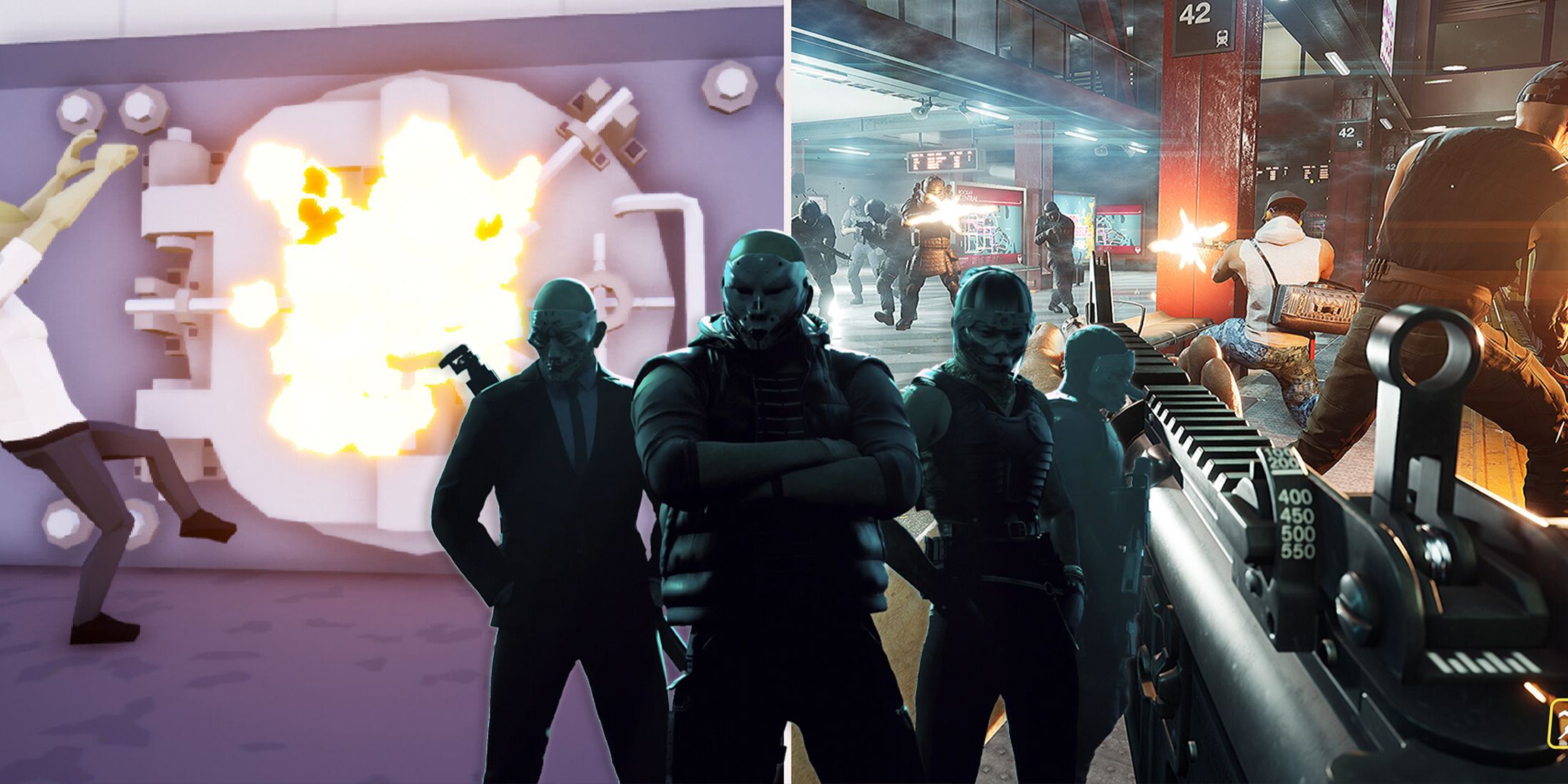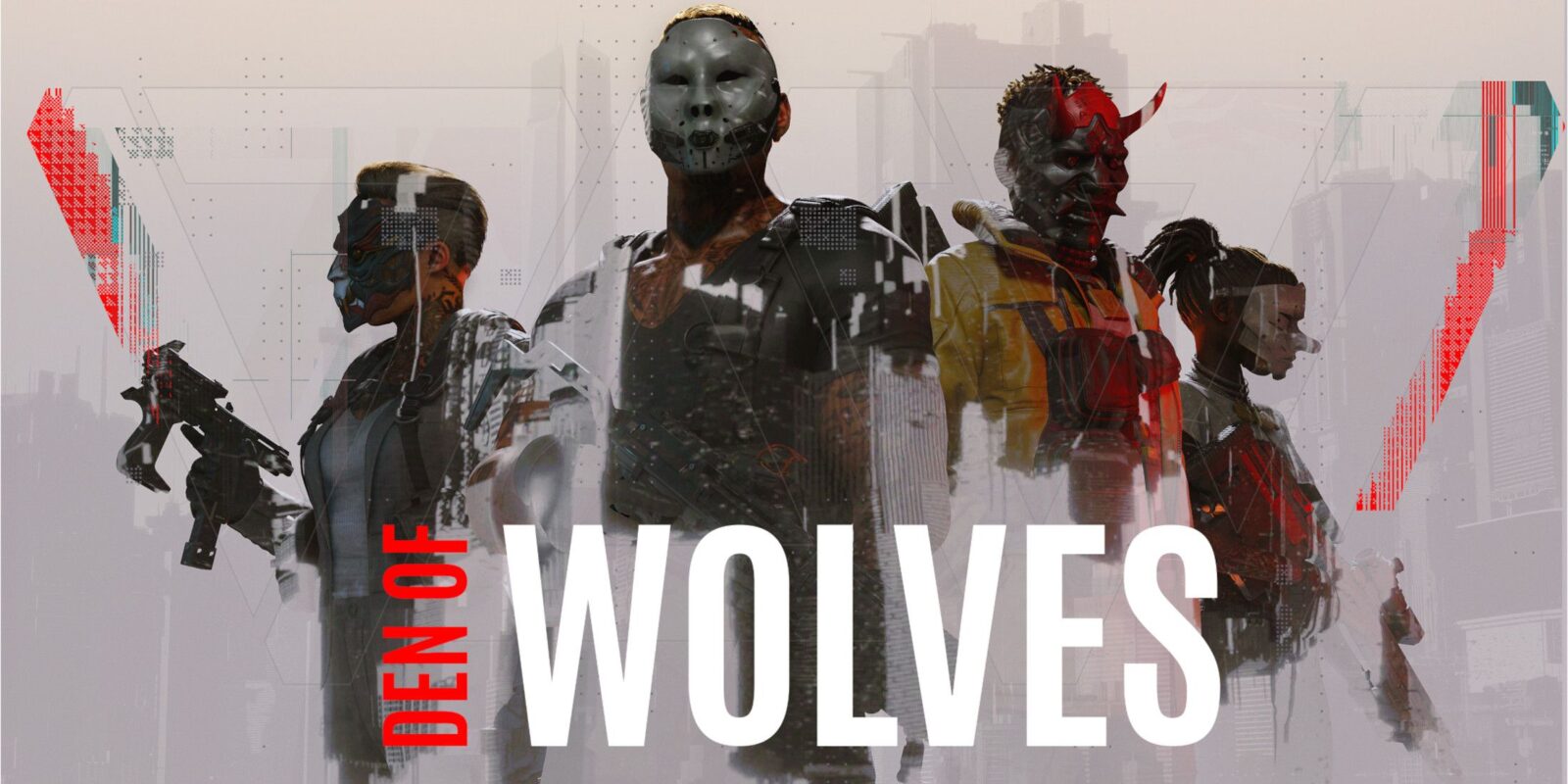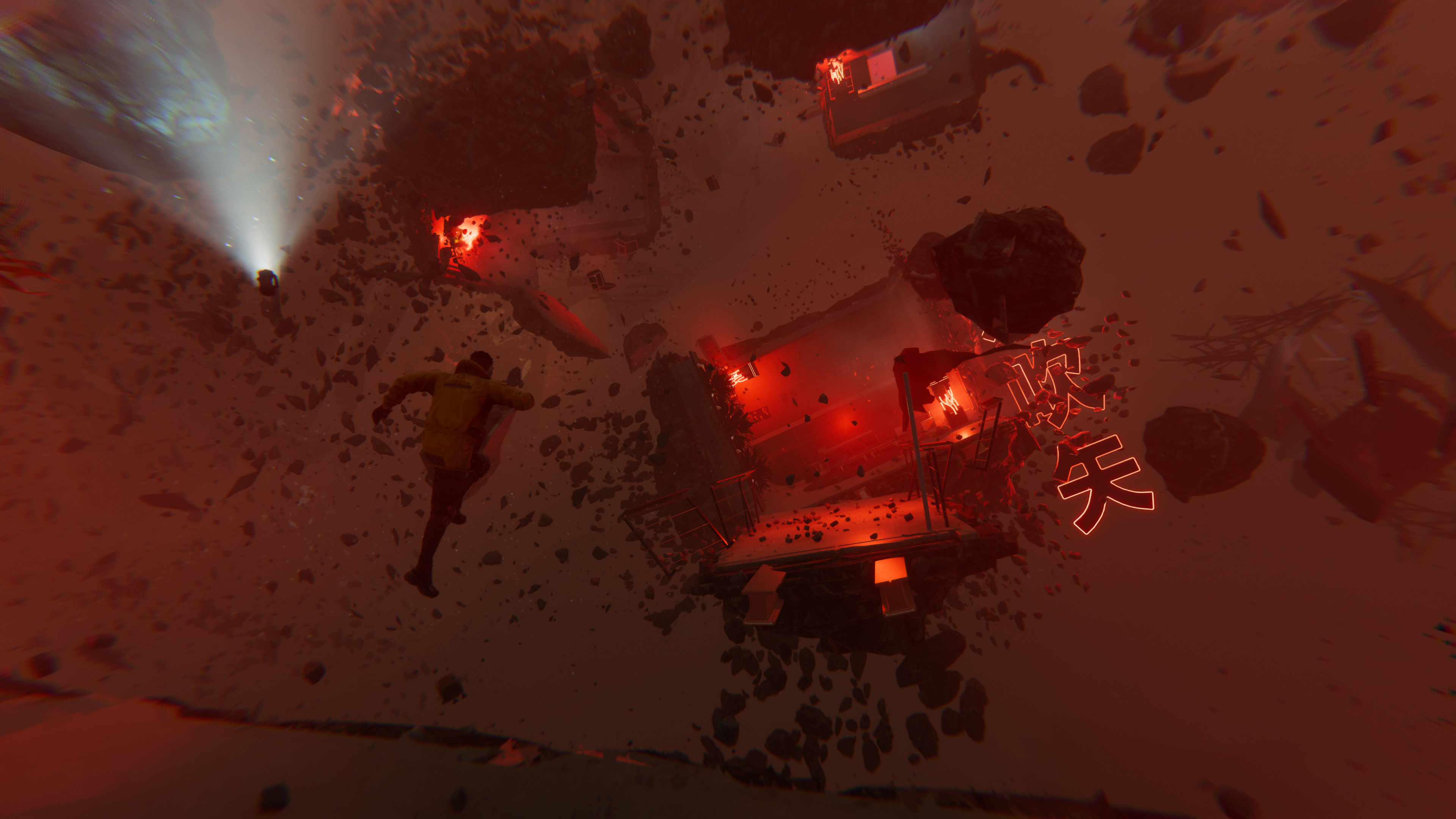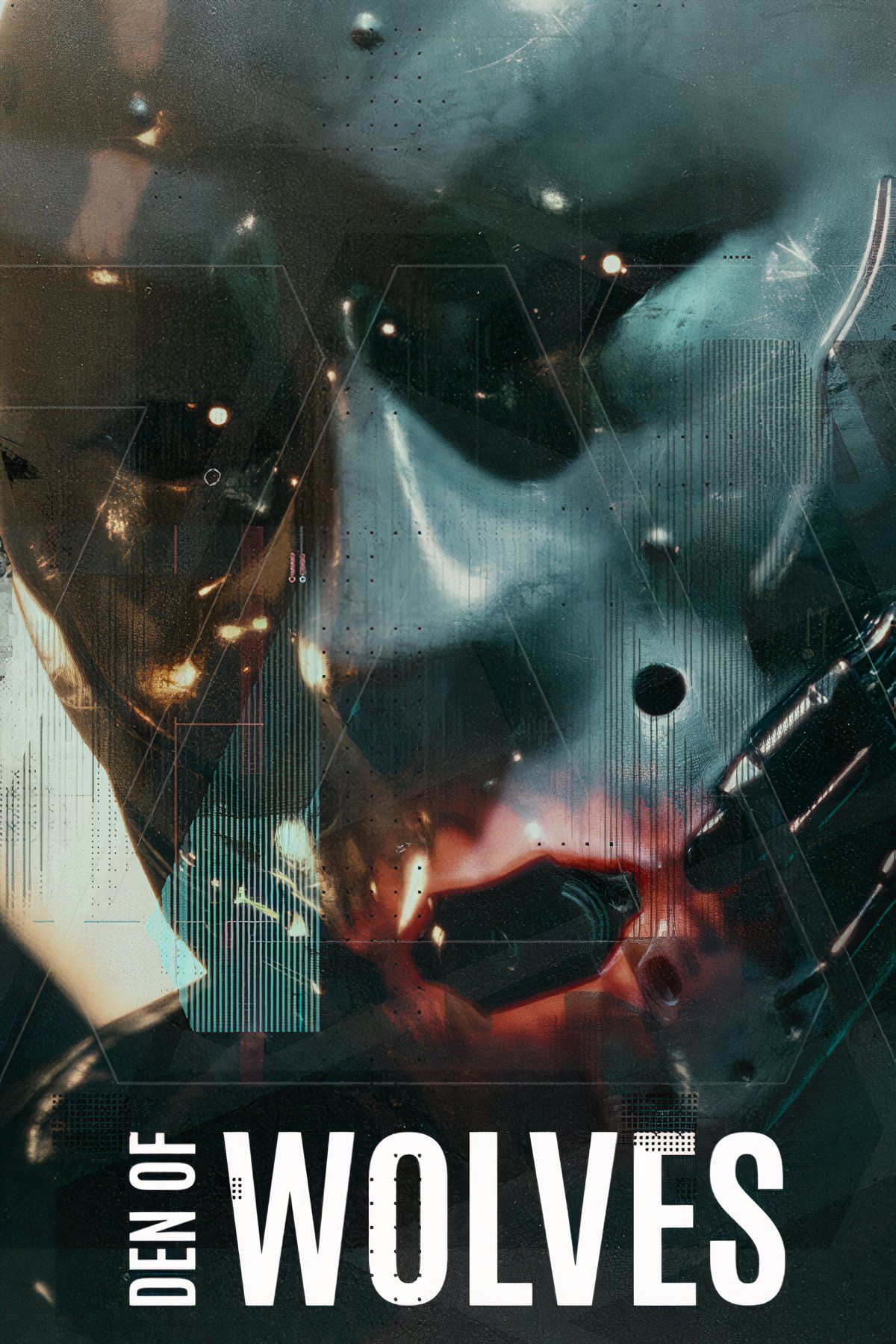Den of Wolves is a heist game by 10 Chambers, a studio comprised of Payday veterans, founded with the sole purpose of developing its team’s “dream game.” As a result, Den of Wolves is a heist game that pushes the genre forward, with the passion from its development team leading to numerous design twists that have alleviated much of the friction typically found in multiplayer heist games of its ilk. In fact, 10 Chambers’ developers told us this was a foundational goal: Den of Wolves aims to be a smooth, accessible heist gaming experience, and based on my time with the game, it has largely achieved that objective.
As someone who seldom plays heist games anymore due to some of the genre’s frustrations, I feel like I was the target audience for Den of Wolves. It was easy to jump in and play, executing the heist plan was effortless thanks to a smart design choice, and a branching narrative system helps tremendously with longevity and replayability. Although my preview time was a brief 30-minute jaunt through a streamlined tutorial heist followed by a single real one, I saw much of what Den of Wolves offers, and found some serious potential beyond the limited preview’s scope.

Related
5 Co-Op FPS Games To Play While Waiting For Den Of Wolves
While waiting for 10 Chambers’ Den of Wolves, an upcoming co-op heist shooter, these FPS games should be able to keep somebody busy.
Den of Wolves Is a Careful Risk Reward Balance
We began with a short tutorial heist that demonstrated the controls and core loop. Den of Wolves takes place around a century from now, when technological advancements have led to neural networks, the ability to enter a person’s mind, and, of course, plenty of high-tech AI-powered gadgets for well-paid corporate espionage groups to leverage. One benefit of this is immediately apparent when launching a heist: the entire squad is rendered nearly invisible to patrols unti the first shot is fired. This allowed us to position ourselves for stealth takedowns, scout our objectives, and prepare as much as possible for when the chaos inevitably ensues. During that initial stealthy phase, this invisibility can kick back in once things calm down, leading to tensions ebbing and flowing throughout the heist’s early stages.
After sneaking our way into the vault, an alarm was set off, and it was guns blazing from then on. Each player can equip a bag of loot from the vault on their back and dump it at the extraction point, with some risk management involved in the prospect of returning to grab additional bags. We decided against our better judgment to do exactly that: our greed led to a seemingly unwinnable firefight with a horde of guards, including elite heavily armored ones, and our squad, which included developers from 10 Chambers, was wiped out. The tutorial mission even teaches the potential impact of being too greedy in Den of Wolves.
Den of Wolves Solves the Genre’s Planning Problem
Heading into the second heist, we begin with a planning phase, and this is where Den of Wolves really sets itself apart in the genre. In games like Payday, you can’t always count on every player being on board with the game plan. We might all decide to go in through a window, while one stubborn player insists on taking a back door instead. Den of Wolves‘ solution to this is through the pre-heist planning: if we decide to go through a window in planning, the backdoor route will be rendered inaccessible. This helps tremendously with group cohesion and ensuring that even a random pickup player isn’t capable of disrupting the heist. In fact, these “hired gun” players can’t even interact with objectives, which could trigger alarms or an early exfiltration.
Once the plan is in place, we proceed to the loadout selection, where players can see what everyone else has chosen. I used a DMR during the tutorial, but found it unwieldy in the chaos and tight corridors of the vault. Meanwhile, I noticed we were sitting ducks during some firefights. This time around, I chose an assault rifle, a heavy machine gun, and a gadget that allowed me to deploy one-way energy shields that my teammates and I could shoot through. Another teammate chose a similar loadout—we planned to carry out the heist in two pairs—while our partners chose landmines, shotguns, and pistols for up-close trouble. It’s critical to bring an appropriate loadout for the job, and one that rounds out the team’s capabilities.
Den of Wolves Heists Are an Unfolding Player-Driven Narrative
This heist kicked off with a narrative moment where our team walked a “package” into a criminal hideout. Situations like this can play out differently depending on choices made in previous heists, with a series of jobs acting as an unfolding story arc. There are practical gameplay implications, as well: knowing we have a combat-heavy job up ahead, we might opt to assist one faction in a job that procures us a combat spider drone to help us out, but this may hurt our standing with another faction down the line. Running through a series of heists in varying orders will be core to the game’s replayability, as different “routes” will have unique pros, cons, narrative outcomes, and rewards.
The heist took place in a large, vaguely circular arrangement of vaults in a two-story building with a gaping open space in the structure’s center, surrounded by stairways and guardrails. We needed to locate three keys in random vaults on the first and second floors to unlock our objective in the center before heading to our extraction point on the second floor. Thus, our plan was to enter on the second floor, jump straight to the first floor—there’s no fall damage in Den of Wolves—and split into pairs that would methodically search each vault in clockwise and counter-clockwise directions from floor to floor.
One squadmate would set a drill on the vault, while the other would cover with their deployable shields and heavy firepower. Occasionally, drills might malfunction and need fixing, so it’s important for players to stand guard while they work. We’d move from vault to vault, feeling like mastermind criminals, until all the keys were secured along with some loot bags. Alarms rang almost immediately in this heist, so there were sporadic engagements throughout that kept us entertained and pinging every ammo crate we spotted.
Den of Wolves’ Dives Are an Intriguing Change of Pace
Our objective was a man hooked up to the neural network, and we needed to enter his mind in what Den of Wolves calls a “dive.” These dives are another of Den of Wolves‘ standout features, acting as pace-changing mini-events inside a person’s mind. This dive was a parkour platforming dreamscape where we ran up walls vertically and made gravity-defying platforming jumps. The dive only takes about 30 seconds to complete, and as long as one player reaches the end, it counts as successful—a welcome implementation for players not keen on platforming. We were also told that these dives could consist of many other scenarios, including combat-centric ones.
We made our way upstairs to defend the extraction point while our hacker took us along for another series of platforming dives. These take place in an instant in reality, but it’s still a good idea to find cover once the dive countdown begins, as it can be disorienting to return to the action. After holding off against merciless waves of enemies, an imposing boss, and occasionally reviving downed teammates who crawled back to safety, we extracted with around 25 loot bags—an excellent haul.
Thanks to the hired gun multiplayer system, a player-friendly planning phase, and its branching narrative design, Den of Wolves has significantly minimized the friction of multiplayer heist games while introducing the depth of a story-driven single player title. As someone who wasn’t initially a huge fan of the genre, my experience with Den of Wolves has me thoroughly excited about co-op criminal behavior for the first time.
Game Rant was provided travel and lodging for the purpose of this preview.













Leave a Reply